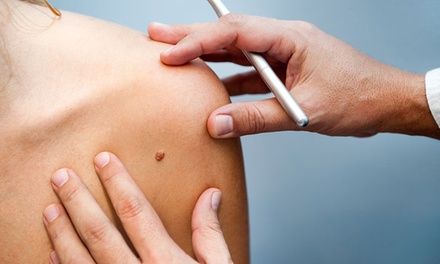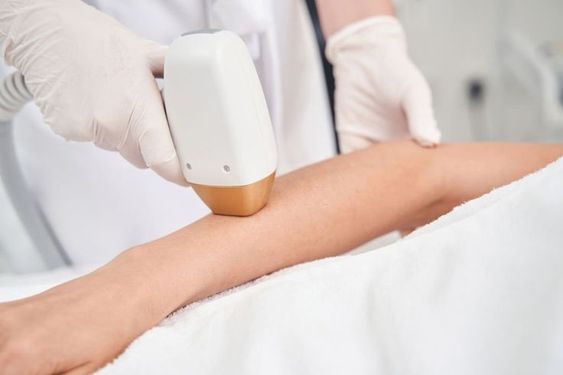Introduction
Skin grafts are a common medical procedure where healthy skin is transplanted from one area of the body to another. They play a crucial role in restoring damaged skin and improving both the function and appearance of the affected area. Skin grafts are often a life-saving procedure, particularly in cases of severe burns, trauma, or skin cancer.

This article will cover the basics of skin grafts, including their uses, the different types, and the procedures involved. We will also discuss the potential risks and complications associated with this procedure. Understanding skin grafts can help patients make informed decisions regarding their treatment options.
Understanding Skin Grafts
A skin graft involves taking healthy skin, called the graft, from a donor site on the patient's body and transplanting it to a recipient site, which is the area that requires repair. The graft serves as a protective barrier and promotes the growth of new skin cells at the recipient site.
Types of Skin Grafts
- Split-thickness skin graft: This is the most common type, where a thin layer of skin is taken from the donor site.
- Full-thickness skin graft: This type involves taking all layers of the skin from the donor site, including the epidermis and dermis.
Uses of Skin Grafts
Skin grafts are used to treat a variety of conditions, including:
- Burns: Skin grafts can cover and repair large areas of burned skin.
- Trauma: They can help heal wounds caused by accidents, surgery, or other injuries.
- Skin cancer: After removing cancerous skin lesions, grafts can restore the affected area.
- Chronic wounds: Skin grafts can aid in closing wounds that have difficulty healing, such as diabetic ulcers.
Skin Graft Procedure
The procedure for a skin graft depends on the size and location of the graft, as well as the patient's overall health.
Before the Procedure:
- Medical evaluation: The doctor will assess the patient's health.
- Medications: The doctor might advise on adjusting current medications.
- Stop smoking: Smoking can hinder the healing process.
During the Procedure:
- Anesthesia: Local or general anesthesia is given to ensure patient comfort.
- Harvesting the graft: Skin is removed from the donor site.
- Preparing the recipient site: The area is cleaned and prepared.
- Securing the graft: The graft is carefully positioned and secured to the recipient site with stitches or staples.
After the Procedure:
- Bandages: Dressings are applied to both the donor and recipient sites.
- Medications: Pain relievers and antibiotics are prescribed.
- Follow-up appointments: Regular checkups are required to monitor the healing process.





